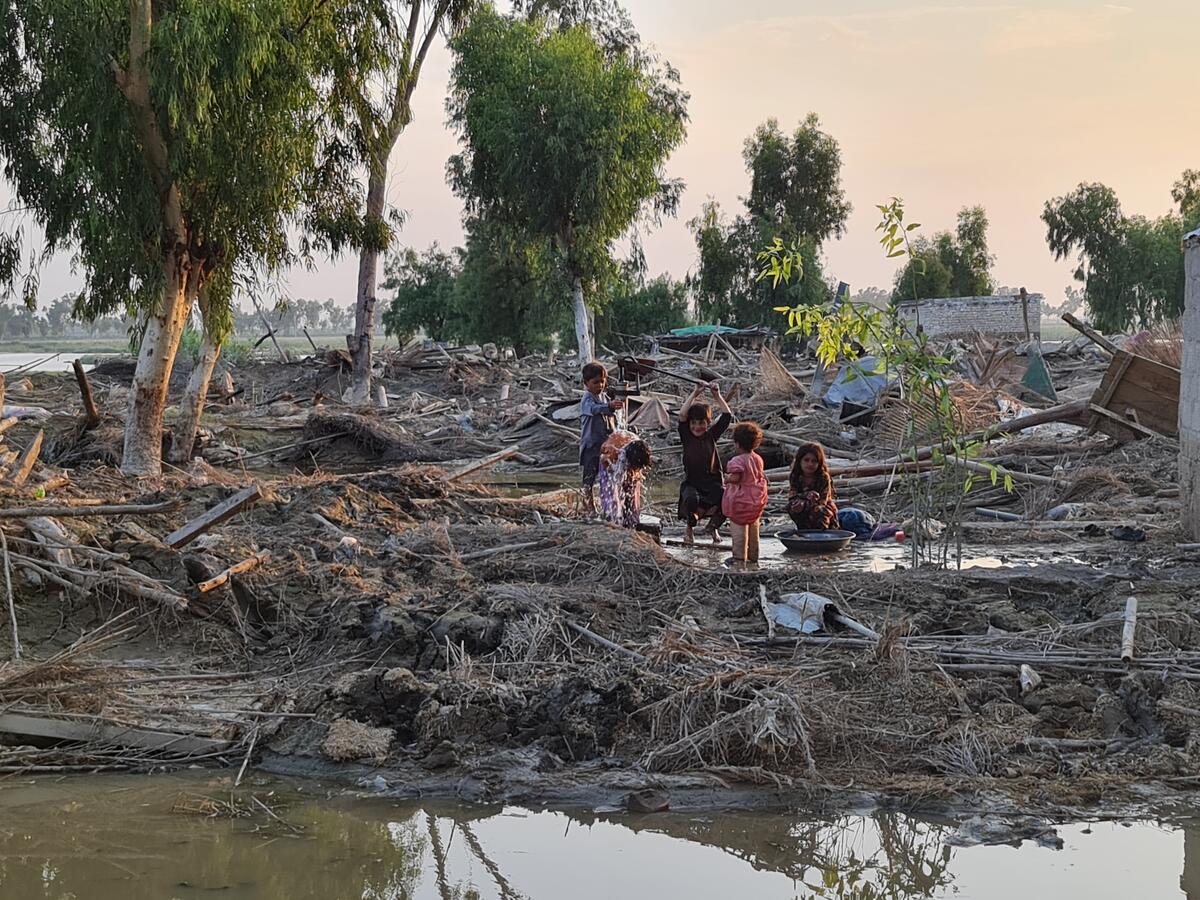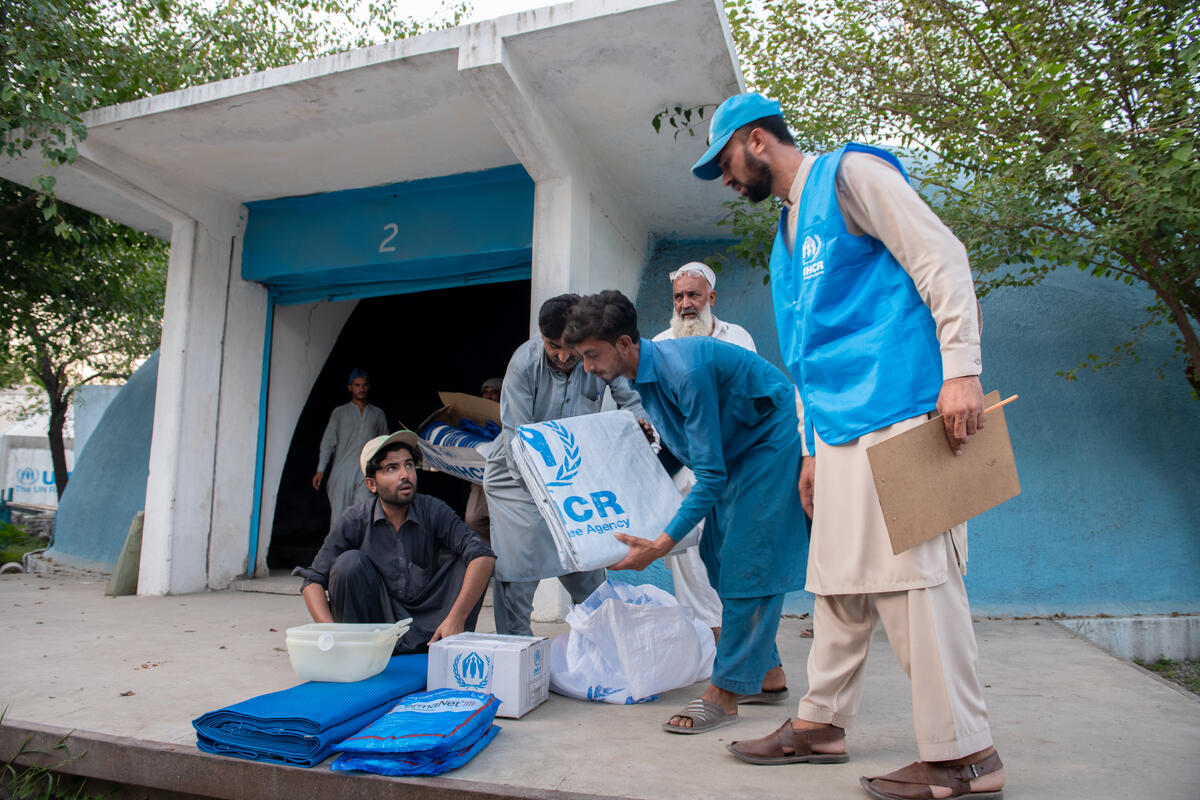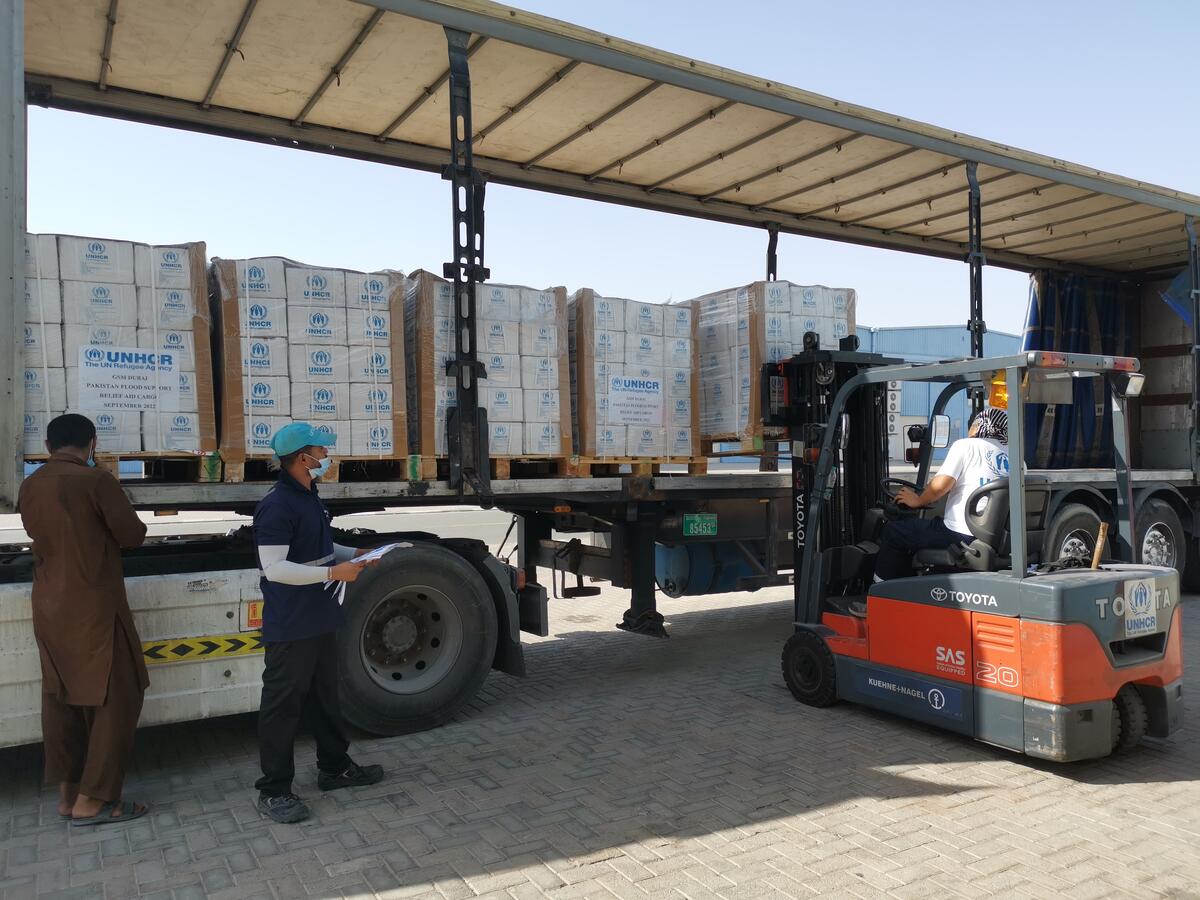Coordinating Assistance
Coordinating Assistance

The UNHCR coordination model is built on principles developed by the Inter-Agency Standing Committee (IASC), the primary method for inter-agency coordination of humanitarian assistance.
Together, we work to ensure that refugees and other people of concern receive the assistance and protection they need.
Preparing for an emergency involves risk monitoring, scenario-based contingency planning, and establishing how to deliver assistance and protection. During times of crisis, UNHCR uses this knowledge to co-lead the inter-agency response, while acting under the overall leadership of the host government.
Our Refugee Coordination Guidance Note promotes best practice in order to make refugee coordination more predictable, inclusive and collaborative. It also helps other humanitarian actors working in refugee operations, leading to better protection, assistance and durable solutions for refugees.
One tool of the Refugee Coordination Model (RCM) is the Refugee Response Plan: an inter-agency coordination platform that provides an overview of the protection needs and solutions strategy for a refugee response. This helps to better coordinate the response, keep it in line with host government plans and raise life-saving funds for RRP partners.
To find out more about how we coordinate agile, effective and community-based humanitarian emergency responses, you can read the UNHCR Emergency Handbook.
Updated Guidance on UNHCR's leadership and coordination role in refugee responses.
Coordination in practice
Information brochure about UNHCR's Global Emergency Stockpile located in Dubai.









